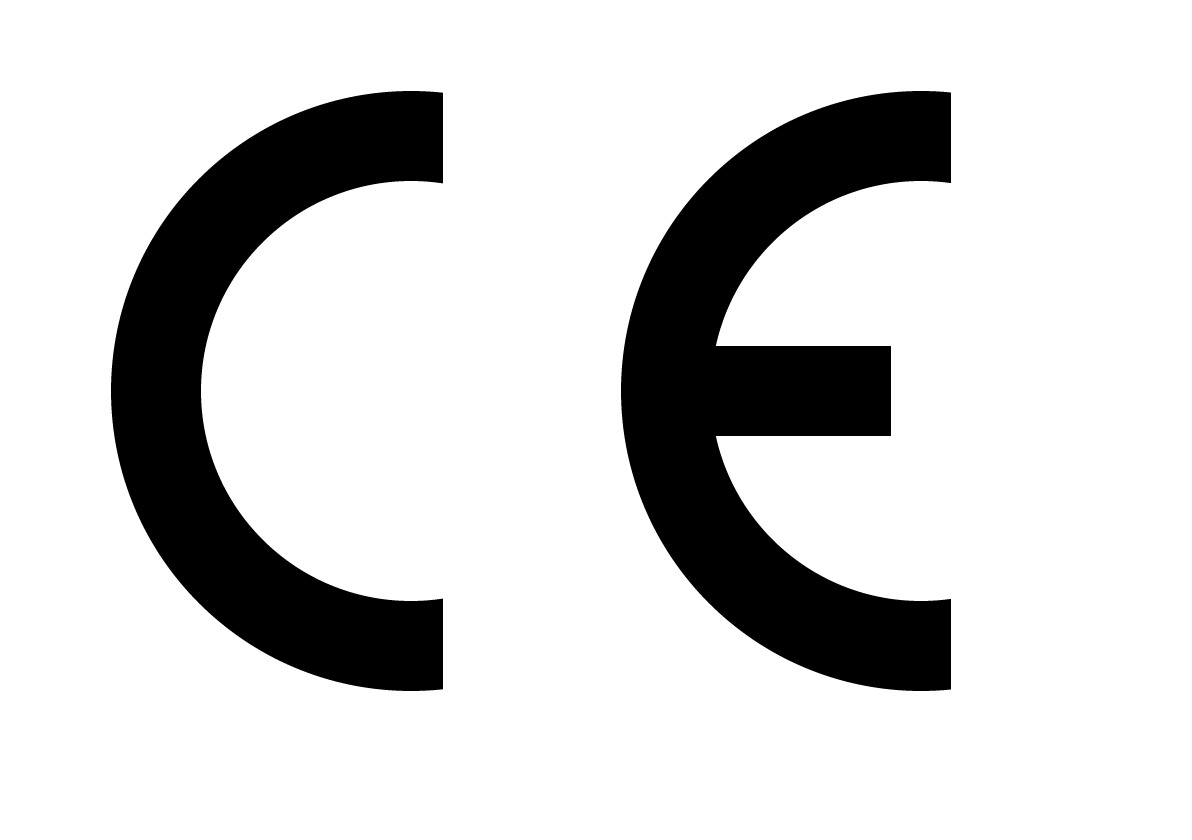Key Components of the EU System
The regulatory system for medical devices and pharmaceuticals in the European Union (EU) is designed to ensure the safety, efficacy, and quality of these products while facilitating their access to the market. Following is an overview of the key components and processes of the EU regulatory system.
CE Marking
Medical devices and certain types of pharmaceuticals must bear the CE Mark (European Conformity) to demonstrate compliance with EU regulatory requirements. The CE Mark indicates that the product meets essential health, efficacy, and safety requirements and can be marketed and sold within the EU.
Medical Devices Regulation (MDR)
The MDR is the regulatory framework that governs the approval and marketing of medical devices in the EU. It replaced the previous Medical Devices Directive (MDD) and Active Implantables Medical Directive (AIMD) and introduces stricter requirements for device manufacturers, including enhanced clinical evidence, post-market surveillance, and transparency.
In Vitro Diagnostic Regulation (IVDR)
Similar to the MDR, the IVDR regulates in vitro diagnostic medical devices (IVDs) in the EU. It sets out requirements for the performance, safety, and quality of IVDs, as well as requirements for conformity assessment and post-market surveillance.
Conformity Assessment
Before placing a medical device on the EU market, manufacturers must undergo a conformity assessment procedure to demonstrate compliance with the relevant regulations. This may involve self-assessment, third-party assessment by notified bodies, or a combination of both, depending on the classification of the device.
Notified Bodies
Notified bodies are independent organizations designated by EU member states to assess the conformity of medical devices and IVDs. They conduct conformity assessments and issue CE certificates, which allow manufacturers to place their products on the market.
Clinical Evaluation and Post-Market Surveillance
Manufacturers are required to conduct clinical evaluations to demonstrate the safety and performance of their medical devices. They must also establish post-market surveillance systems to monitor the performance of devices once they are on the market and report any adverse events or safety issues.
Pharmaceutical Regulation
Pharmaceutical products in the EU are regulated by the European Medicines Agency (EMA) and the European Directorate for the Quality of Medicines & HealthCare (EDQM). The EMA oversees the authorization and regulation of human and veterinary medicines, while the EDQM sets quality standards for pharmaceutical substances and products.
Centralized, Decentralized, and Mutual Recognition Procedures
Pharmaceutical companies seeking marketing authorization for their products in the EU can choose from different regulatory procedures, including the centralized procedure (for innovative medicines), decentralized procedure (for products seeking approval in multiple EU member states), and mutual recognition procedure (for products already authorized in one EU member state).
Pharmacovigilance
The EU has established pharmacovigilance systems to monitor and assess the safety of medicines once they are on the market. Marketing authorization holders are required to collect, analyze, and report information on adverse drug reactions and other safety issues to regulatory authorities.
Summary
Overall, the EU regulatory system for medical devices and pharmaceuticals aims to ensure that products marketed within the EU meet high standards of safety, efficacy, and quality while promoting innovation and access to healthcare treatments.

EU MDR Compliance Consulting Services
Medical Devices and Pharma offers comprehensive services to help your business meet the stringent requirements of the EU Medical Device Regulation (MDR). Our expertise ensures that your products are compliant, safe, and ready for the European market.At Medical Devices...
Extensions for EU MDR and IVDR Implementation
Initial EU MDR and IVDR transition periods extended In 2023, the European Union granted an extension for the implementation of the Medical Device Regulation (MDR) and the In Vitro Diagnostic Medical Device Regulation (IVDR) due to various challenges faced by...
Implementation of the EU MDR and IVDR
A Significant EU Regulatory System Overhaul The implementation of the European Union's Medical Device Regulation (MDR) and In Vitro Diagnostic Medical Device Regulation (IVDR) represents a significant overhaul of the regulatory framework governing medical devices and...
Regulatory Documentation for National and Global Market Access
With a solid base of technical documentation, our regulatory specialists will prepare a regulatory submission that is organized, well written, complete, and meets the regulatory requirements of the agency that will evaluate the product.
